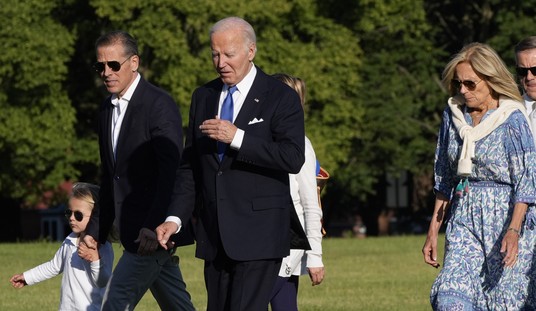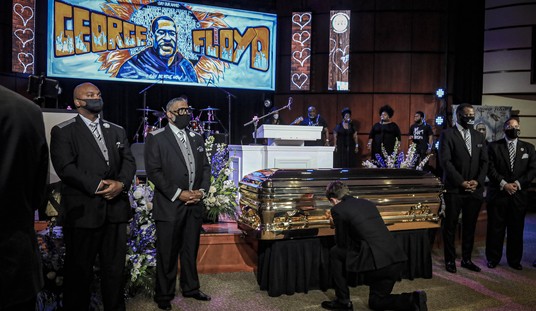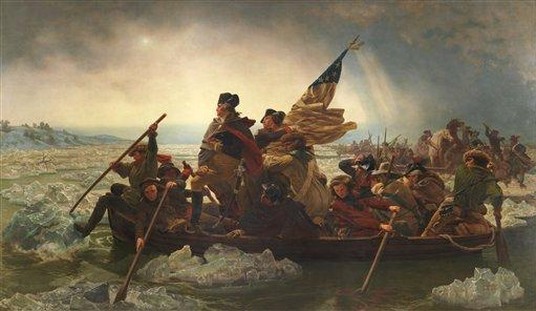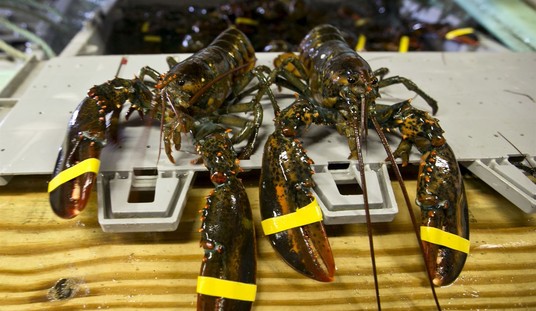
As we prepare to celebrate the nation’s birthday this week, there will undoubtedly be remembrance and comparisons made between the Colonies of 1776 and the United States of today.
Thomas Jefferson’s words are of course immortal — today also marks the anniversary of the first date his completed Declaration of Independence received debate in the 13 colonies — but sixty years to the day after debate began on the Declaration, the United States received a gift from a British national that still pays dividends today.
James Smithson was born in France in 1765, the illegitimate son of Hugh Smithson, who later became the first Duke of Northumberland, and Elizabeth Keate Hungerford Macie, a widow of royal blood. He was a scientist, who researched chemistry, mineralogy, and geology. He lived for 64 years, passing in 1829 in Genoa, Italy. During his life, his country fought two wars against the United States and it was safe to say that there was little love lost between the nations.
But on this date in 1836, President Andrew Jackson announced to Congress that Smithson had bequeathed his entire estate, which amounted to 100,000 gold sovereigns or $508,318 in the money of the day, to the United States. The money was to be used for the “increase and diffusion of knowledge.”
The money arrived in Philadelphia two years later, and eight years later, President James Polk signed an Act of Congress which established the Smithsonian Institution.
Smithson himself never explained why he left the money to the United States — a gift which was actually contingent on his nephew having no surviving heirs.
Some speculated that due to his illegitimacy, Smithson did not have access to the rights and privileges to which his birth should have entitled him. He wrote:
“On my father’s side I am a Northumberland, on my mother’s I am related to kings, but this avails me not.”
There was no small amount of controversy over the establishment of the Smithsonian. The debate was one of federalism, with senators John C. Calhoun and William Campbell Preston arguing that the Constitution did not give the government authority to found a national institution. This viewpoint was defeated by John Quincy Adams and his allies, and President Jackson’s request to receive Smithson’s bequest was finally agreed to by Congress.
The Smithsonian Institution was thus founded, and work began on a home for it. The famous Smithsonian Castle, designed by architect James Renwick, Jr. on the National Mall in Washington D.C, was the result. It still hosts exhibits today.
Perhaps fittingly, it also hosts James Smithson. 75 years after Smithson’s death, Alexander Graham Bell, who was a Regent of the Smithsonian, paid for its namesake’s remains to come to the United States — a place he never visited while alive — to be interred in the Castle.
Today, of course, the Smithsonian Institution is the largest museum in the world, with 19 museums, nine research centers and affiliates all over the world. And they’re all free to enter.
This, too, is integral to Smithson’s original vision. One of the reasons he embarked in research was to make knowledge available to all, in keeping with his own words:
“Every man is a valuable member of society who by his observations, researches, and experiments procures knowledge for men.”
Have a happy, safe and blessed Fourth of July, and enjoy today’s open thread!














Join the conversation as a VIP Member